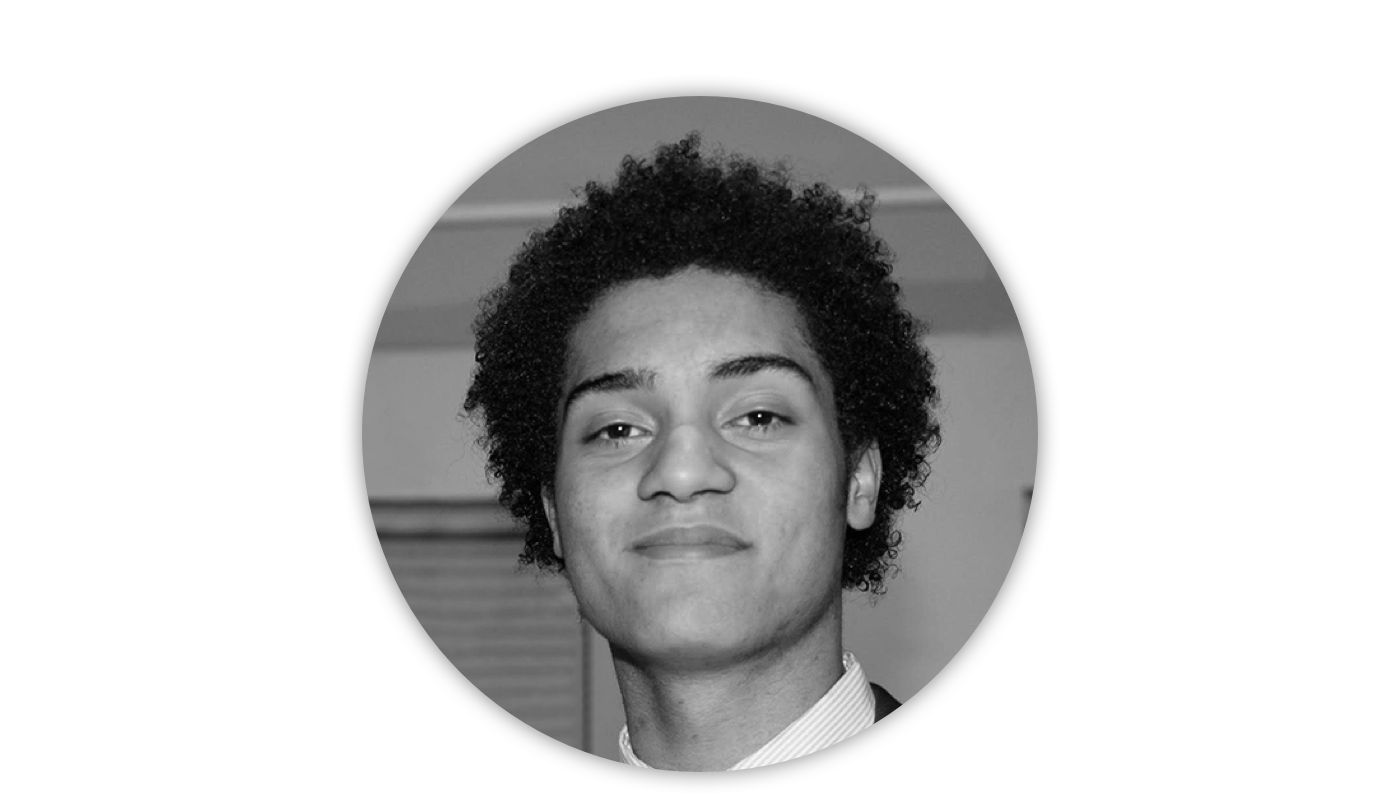The NYU Center for Data Science is excited to announce the continuation of CURP in summer 2024!
PROGRAM DATES: JUNE 10, 2024 – AUGUST 16, 2024
LOCATION: CENTER FOR DATA SCIENCE, 60 5TH AVENUE, NEW YORK (IN-PERSON ONLY)
TIME COMMITMENT: 35 HOURS/WEEK
FELLOWSHIP AWARD: $8,000
APPLICATION DEADLINE: MONDAY, JANUARY 22, 2024
About
CURP, the Center for Data Science Undergraduate Research Program, was launched in Spring 2021 in partnership with the National Society of Black Physicists with the following objectives in mind:
- to provide opportunities for students to be connected to top-notch data science faculty and researchers
- to provide talented undergraduate students with a rigorous research environment that embraces a diversity of perspectives
To this end, CURP is open to all students but especially encourages individuals from diverse backgrounds to apply (e.g., first-generation and non- and post-traditional college students).
During the program, students will work on assigned research projects under the supervision of CDS faculty and researchers. They will have the opportunity to attend talks given by leading researchers in their fields and workshops to develop skills needed for research careers in data science. They will also learn techniques to prepare for admission to graduate programs and to apply for fellowships.
After the research opportunity, each student will:
- be part of a network of mentors who may provide continuous advice in the long term as the student makes progress in their studies.
- be part of a network of students and program alumni with a diverse range of backgrounds and experiences.
The final Research Poster Session will be held on Thursday, August 15th at the Center for Data Science.
Take a look at previous participants from CURP’s inaugural program from spring 2021, spring 2022, summer 2022, and summer 2023.
How to Apply
Eligibility
- Applicants must be enrolled in a postsecondary institution including community college or a recent graduate be United States citizens or permanent residents. We are also pursuing opportunities for undocumented and DACA students and welcome applications from these students.
- Able to commit 35 hours per week (equivalent to full time) to their research projects
- Able to participate in the program in person (please note that CDS will not provide housing or stipend for living cost)
- Able to participate in the in-person final poster session on August 15, 2024
Deadline
Applications are due on Monday, January 22, 2024.
Application Materials
Applications for CURP Summer 2024 must be submitted via the CURP application link and contain the required application materials.
A complete application consists of the following items:
1. Transcripts
Applicants must include a copy of their transcript showing courses and grades from all post-secondary institutions they have attended. Unofficial copies (as long as they are legible) are acceptable, though we may request official transcripts upon acceptance to the program. Transcripts should be current through fall 2023.
2. Statement of Interest
Applicants must write a personal statement addressing: 1) why you would like to participate in CURP, 2) how you could contribute to help foster diversity, equity, and inclusion in the CURP Program based on your personal, professional, and academic experiences, perspectives, and background. You *may* also address the origins of your interest in science, experiences (school-related and other) that have particularly stimulated you, obstacles you have faced along the way and how you overcame them, and future educational and career plans and aspirations. The personal statement should be no longer than 2 pages.
3. Concise Research Interest Statement
Applicants must submit a short and concise research interest statement addressing: 1) the data science research areas that applicants are interested in and 2) skills and educational background to successfully conduct research in the interested area. This should not be more than one page.
4. Programming Assignment
Please submit your past programming assignment (one assignment is sufficient but can submit up to two assignments).
5. Faculty Reference Contact Information
Applicants must designate one faculty as a reference. The recommender should be someone from whom you have taken a class or with whom you have done independent scientific work. They are not required to submit a recommendation letter, but they are required to be available to be your reference, if needed.
Contact
If you have any questions, please contact curp@nyu.edu.
Past Projects
Below is a list of some past CURP projects with their respective project mentor and title for reference:
GEORGE WOOD: DISCRIMINATION IN POLICING
This project will investigate racial discrimination in police behavior. Existing research shows racial disparities in arrests, stop and search, and the use of force, with Black civilians subjected to these actions at considerably higher rates. Discrimination has a direct adverse impact on the people and communities subjected to higher levels of police interference and is likely to impact distrust in the police, which is widespread and consequential for public safety. This project will examine discrimination using a massive dataset on officer deployments, stop and searches, arrests, tickets, and the use of force in Chicago. The project will focus on documenting racial disparities in police-civilian interactions using a rigorous, data-driven approach. One particular emphasis of the project will be examining whether the extent of discrimination has changed in recent years.
TODD GURECKIS: TEACHING AND LEARNING FROM OTHERS IN HUMANS AND MACHINES
Reinforcement learning (RL) typically concerns how humans and machines learn through trial-and-error interaction with their environment. However, a lot of what humans learn is instead transmitted through language: we give and receive instructions, explanations, and hints that can enable us to perform a task well even on our first try. Standard RL models have no way of explaining how they perform RL tasks (i.e., summarizing their action policies in language), nor can they adjust their behavior based on others’ instructions. In this project, we plan to test how humans achieve these feats and develop new models with more human-like capacities.
ALBERTO BIETTI, CENTER FOR DATA SCIENCE: ROBUSTNESS OF DEEP LEARNING MODELS
The project will study some empirical questions related to robustness of deep learning models. Deep networks are known to be highly sensitive to various kinds of perturbations of the input examples (“adversarial examples”) or input distribution (“distribution shift”). It has been shown that adversarial examples can arise even at initialization due to the randomness of the weights, but can also be a result of spurious correlations of certain features with the label. We will study these two factors and assess their prevalence and importance on various datasets.
KARA EMERY, CENTER FOR DATA SCIENCE : TASK REPRESENTATION IN VIRTUAL REALITY
We aim to characterize how humans represent tasks in naturalistic environments. An emerging literature in human reinforcement learning has established that humans represent different tasks using a small number of features. One key insight has been that this set of features changes based on experience with the reward function of the task. This finding raises the intriguing possibility that precise real-time task inference (e.g. by an artificial assistant) may be possible by identifying which features of the world humans focus on at a given point in time. However, this theoretical work has been confined to reduced laboratory settings in which the structure of the environment is artificially defined. We aim to extend this work to more realistic environments in the context of virtual reality, and ultimately to uncover a sufficient state representation that is invariant to fluctuations in reward over the short time scale of everyday tasks.
What CURP Scholars Have to Say…

Zoga Duka, 2022 CURP Scholar
As a CURP fellow, I am learning in-demand tech skills that will help me in my career. I also learned the importance of asking questions to further my knowledge in my research topics, which has given me an advantage compared to my peers. NYU has given me access to their resources.

Vishweshwar Ramanakumar, 2022 CURP Scholar
I believe part time, in-semester research programs like CURP should be more common… While I also enjoyed my time participating in an REU last summer, I feel like providing an entire semester for a project gives me the time to take a deep breath, soak in the opportunity, and really enjoy the process of research.

John Como, 2022 CURP Scholar
CURP has provided me with the unique opportunity to conduct research under the guidance of outstanding faculty. Not only have I learned about the research topic, but have also learned how to become a stronger researcher for the future.

Kennedy Sleet, 2021 CURP Scholar
I had the opportunity to work alongside NYU’s Center for Data Science through their amazing program CURP in 2021. Throughout this experience, I learned so much in regard to my career and future goals. My project focused on developing code used to identify and visualize different molecules, atoms, and elements. It was extremely interesting learning about datasets and statistics. This specific project and opportunity gave me a better understanding of how coding and machine learning can have such a huge impact on expanding subjects such as chemistry. Overall, I am extremely grateful for the experience and it helped me further my ideas for my career. I met some amazing hard-working individuals including my mentor. Furthermore, I highly recommend this opportunity to those wanting to expand their knowledge and futuristic ideas regarding computer science, physics, astronomy, data science, and more!

Isaac Robinson, 2021 CURP Scholar
CURP taught me how to design a research process and work with a team. It taught me to grapple with questions without clear answers, to work smarter and harder towards a goal I defined myself, and most of all, how to be a part of a scholarly community. A life-changing experience I would highly recommend!
Disclaimer: This webpage is subject to some change, but it serves as a clear representation of the process as it stands now.
